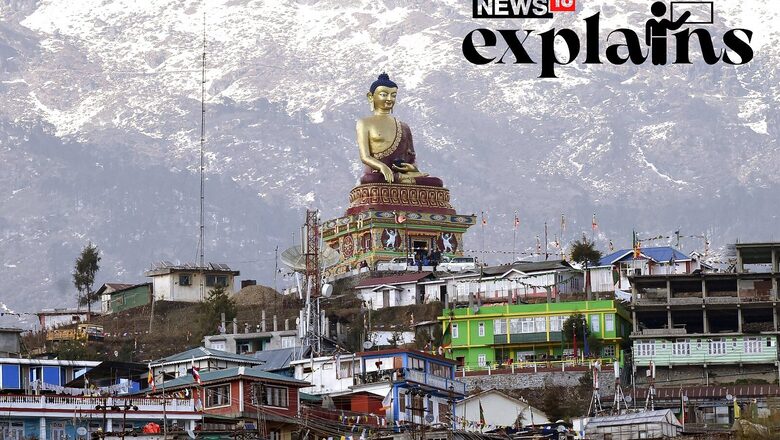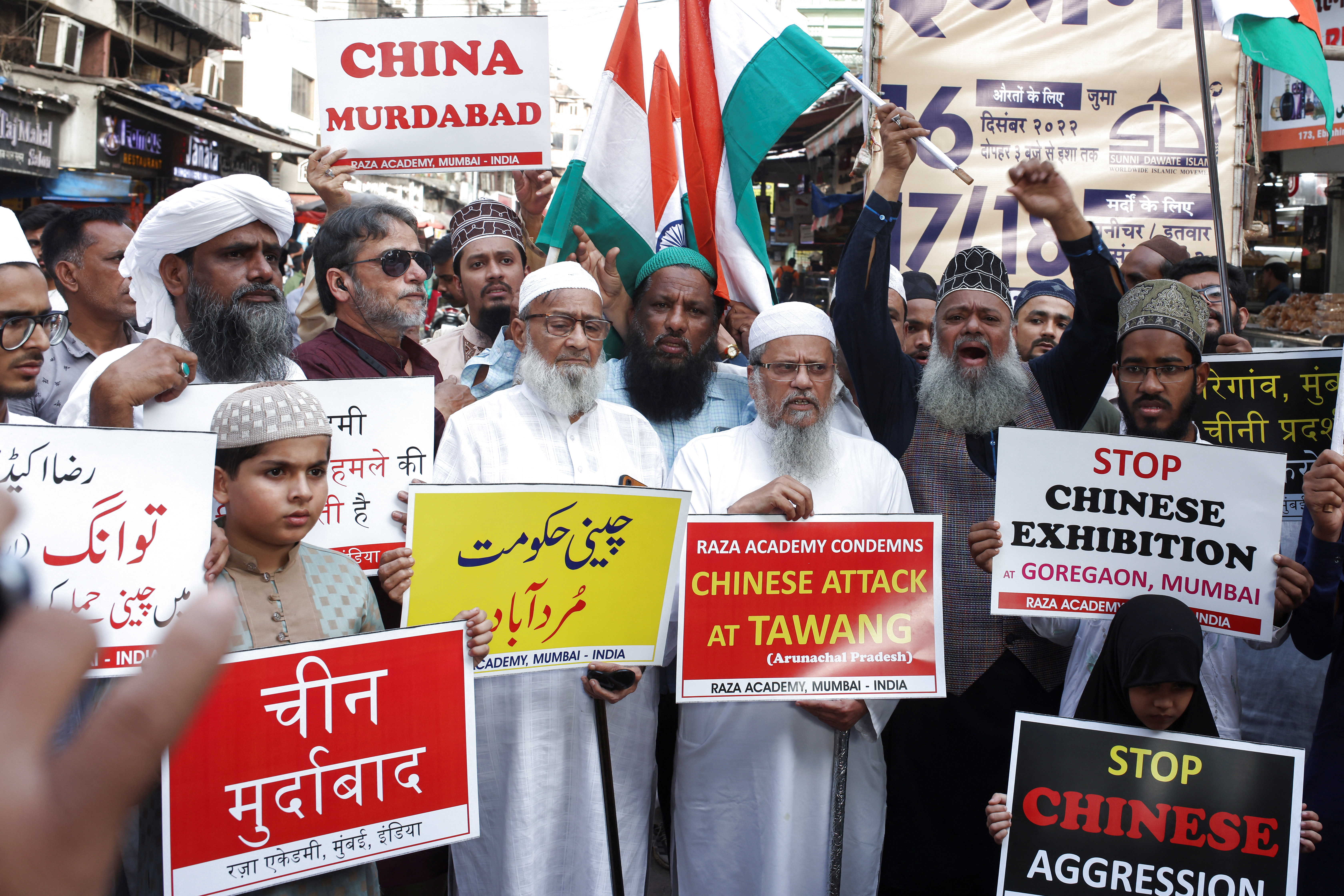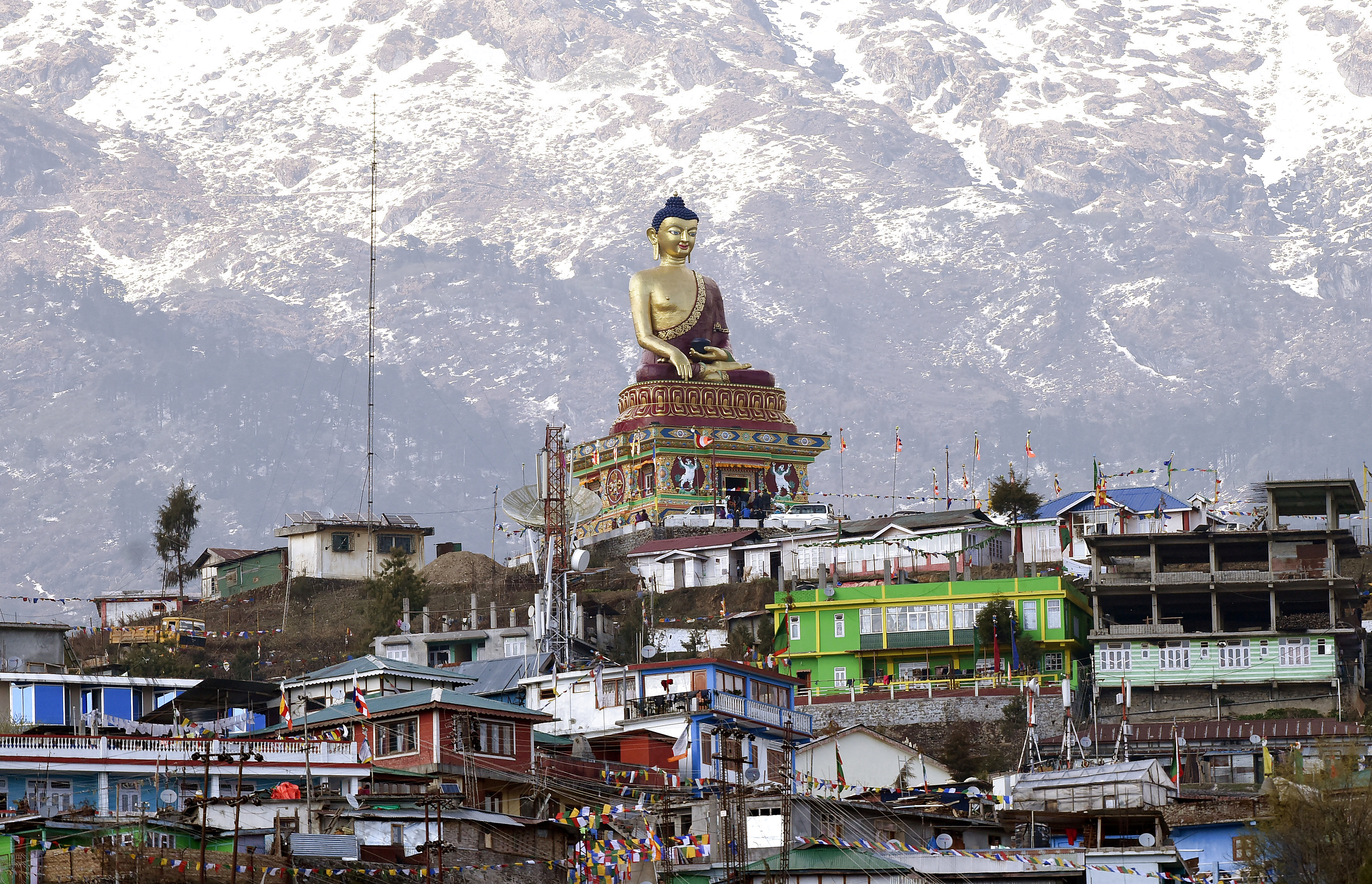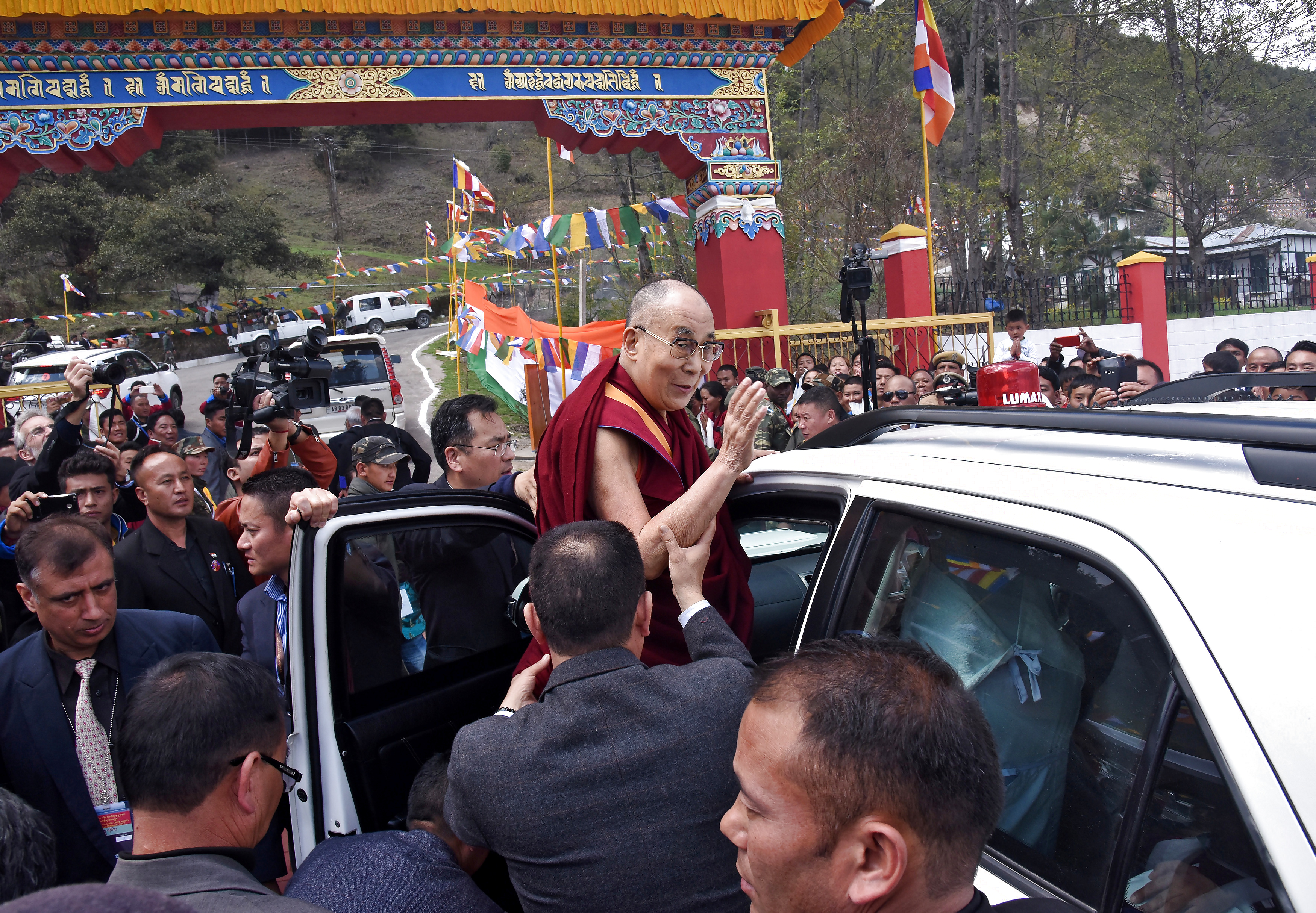'Hindi Chini Bhai Bhai' to Conflict Zone Tawang's 'Hindi Connect': India's China Lens After 1962 War

views
Remember ‘Hindi Chini Bhai Bhai,’? The slogan, still in reminiscent memories, was espoused in 1954 by late Prime Minister Jawaharlal Nehru. This was after China and India concluded the Five Principles of Peaceful Coexistence.
After India’s independence and the formation of the People’s Republic of China (PRC), India maintained cordial diplomatic relations with its neighbour.
But then, after a series of events that led to the final blow, India was attacked on October 20, 1962 in what famously came to be known as Sino-India war of 1962. According to a report by India Today, the belief of not ever being attacked by China did not let the Indian army prepare and the result was the standoff between 10,000-20,000 Indian troops and 80,000 Chinese troops. The war went on for about a month and ended on November 21, after China declared a ceasefire.
It was the 1962 war that changed India’s perspective on a number of things.
The History of India-China Border Conflict
On December 9, Indian and Chinese troops clashed on their disputed Himalayan border, which became the first incident between the nations in nearly two years. In a statement, India’s Ministry of Defense said soldiers from both sides sustained minor injuries in the face-off, which took place Friday in the Tawang Sector in India’s northeastern territory of Arunachal Pradesh, a remote, inhospitable region that borders southern China.
The 2,100 mile-long (3,379-kilometer) disputed border has long been the source of friction between New Delhi and Beijing, with tensions escalating sharply in June 2020 when hand-to-hand fighting between the two sides resulted in the deaths of at least 20 Indian and four Chinese soldiers in Aksai Chin-Ladakh.

Border conflicts between India and China date back to before independence. The McMahon Line was drawn in 1914 by representatives from Britain, Tibet, and the Republic of China in an attempt to negotiate a treaty to settle the borders between British India and China. While Tibet and British India accepted the boundary, China did not.
India gained independence from the British in 1947, and the People’s Republic of China (PRC) was established in 1949. The McMahon Line was also deemed invalid by the new Chinese government.
After China annexed Tibet in the 1950s, China claimed that it was never an independent territory, whereas India has always maintained that China has no sovereignty over Tibet.
However, according to reports, India maintained cordiality in its relations with China. A report by India Today states that pre-1962, once India was so concerned about its relations with China that it did not even attend a conference for the conclusion of a peace treaty with Japan because China was not invited. India even strove to become China’s representative in matters related to world since China had been isolated from many issues, the report mentions.
However, it was China’s perception of India as a threat to its rule in Tibet that became one of the main reasons behind the Sino-India war.

Mao Zedong, the leader of the People’s Republic of China, was humiliated by the reception Dalai Lama received in India when he fled there in March 1959. Tensions between the two countries rose when Mao claimed that Indians were to blame for the Lhasa rebellion in Tibet.
The Line of Actual Control — an informal cease-fire line between the two countries — ended the 1962 India-China war. However, after losing the war, India began rethinking its foreign and security policy with a focus on its military, resulting in increased defence spending.
In September-October 1967, the two countries clashed again in Nathu La and Cho La after Indian troops began erecting barbed wire along the border.
On February 20, 1987, India granted Arunachal Pradesh statehood, which predictably riled China, resulting in skirmishes. Arunachal Pradesh was established in 1954 as the North-East Frontier Agency (NEFA).
China has asserted its claims to Tawang on and off in recent years.
Why Tawang is Important to China
Tawang Ganden Namgyal Lhatse is the world’s second largest Tibetan Buddhist monastery. It was established in 1680-81 to fulfil the wishes of the fifth Dalai Lama. China claims that the monastery serves as proof that the district once belonged to Tibet. To support its claim to the state, China has cited historical ties between the Lhasa monastery in Tibet and the Tawang monastery. Also, when the Dalai Lama fled Tibet in 1959, he entered India via Tawang and stayed at the monastery for a while.

India has repeatedly told the Chinese government that Tawang is an integral part of India, reiterating the point in 2009 when the two prime ministers met in Thailand, a report by CNBC-TV18 explains.
China strongly opposed the Dalai Lama’s visit to Tawang in April 2017. It had previously objected to a visit by the US ambassador to India. Kiren Rijiju had strongly denied a report that the Chinese Army briefly invaded Arunachal Pradesh in 2016.
A Focus on Infrastructure
India has been focusing on all aspects of development as it strives to become a $5 trillion economy. The Arunachal government signed an MoU with the National Highway Logistics Management Limited last month to develop infrastructure in the state. The Indian government has also been expanding its infrastructure along the northeastern border areas.
China is also investing in border infrastructure. “This is not a minor incident because there has been a massive mobilisation and both sides have been anticipating a flashpoint since the Galwan incident. When you look at the arrangements they’ve made, it’s mind-boggling — $23 billion in investment according to the 14th five-year plan in Tibet alone, specifically for road and air base construction. Indeed, if peace is to return to China and India, we need disengagement and de-escalation in many of these areas,” JNU professor of China studies Srikanth Kondapalli told CNBC-TV18.
The state’s Hindi influence
Arunachal Pradesh residents, on the other hand, are more resistant to speaking in Hindi than residents of the other Northeastern states. The Indo-Sino war can be seen as one of the reasons why the language is so prevalent in the state — locals were required to converse in Hindi with the Army, which also aided in the establishment of hospitals, schools, and other facilities in the state.
“Even if a child speaks in his native language until the age of five, the moment he goes to school he automatically picks up Hindi. That is the contact language of the peer group,” Jumyir Basir told the Indian Express, on the popularity of Hindi among the people of Arunachal Pradesh.
The popularity of Hindi in Arunachal Pradesh has been well documented in the past few years. About 90 per cent of the state’s population can speak the language and Hindi is used among other languages during debates in the state legislative assembly as well. According to the most recent language survey carried out by renowned language critic G.N. Devy in 2010, Arunachal Pradesh is home to around 90 local languages. Yet, the state’s preference for Hindi as a common language over its many local languages sets it apart from its Northeastern sister states where the preference for the native language is known to be very strong, the report explains.
“Unlike other northeastern states, we did not have a language movement here because all of us speak different dialects. In my own community I might converse in my own language but if I have to converse with someone from some other tribe, I have to use a contact language. Therefore Hindi has become like a lingua franca,” Basir told the Indian Express.
The popularity of Hindi in the state must also be viewed in the context of the state’s volatile politics. Arunachal Pradesh was at the epicentre of the Sino-Indian conflict in 1962. The presence of the Indian Army in the state during the period is deemed to be one of the first instances when Hindi was introduced here.
“The Army came with Hindi, they conversed in Hindi. In many ways, the army did provide some kind of service, such as opening schools and hospitals. As a result, it was critical for the local community to understand Hindi in order to interact,” Basir told IE. She went on to suggest that the Chinese aggression in the region could have also influenced the language policy of the Indian government. “I feel that Hindi was introduced here for the integration of the then NEFA into the larger nation-state,” she says.
Read all the Latest Explainers here













Comments
0 comment